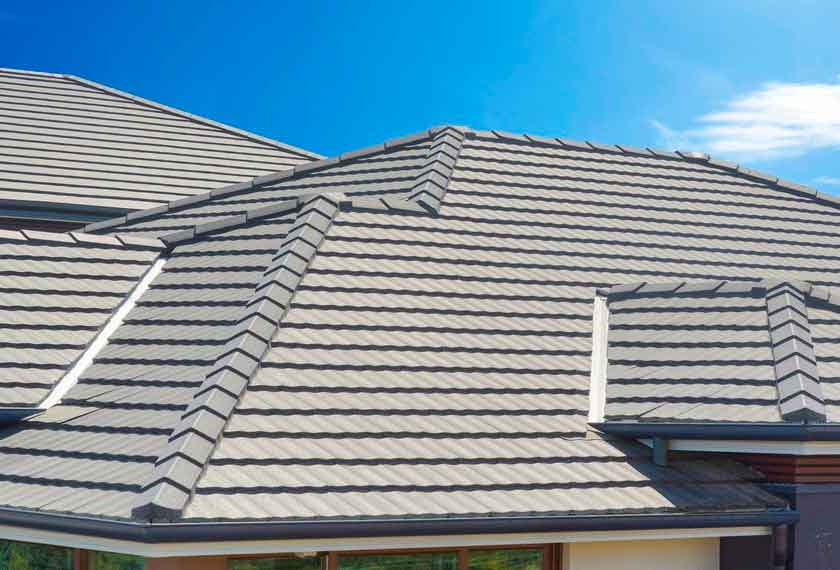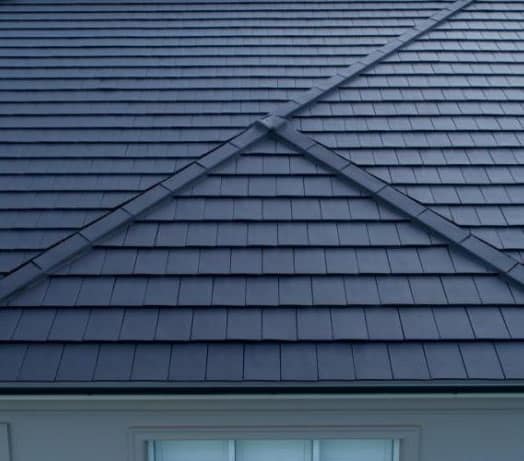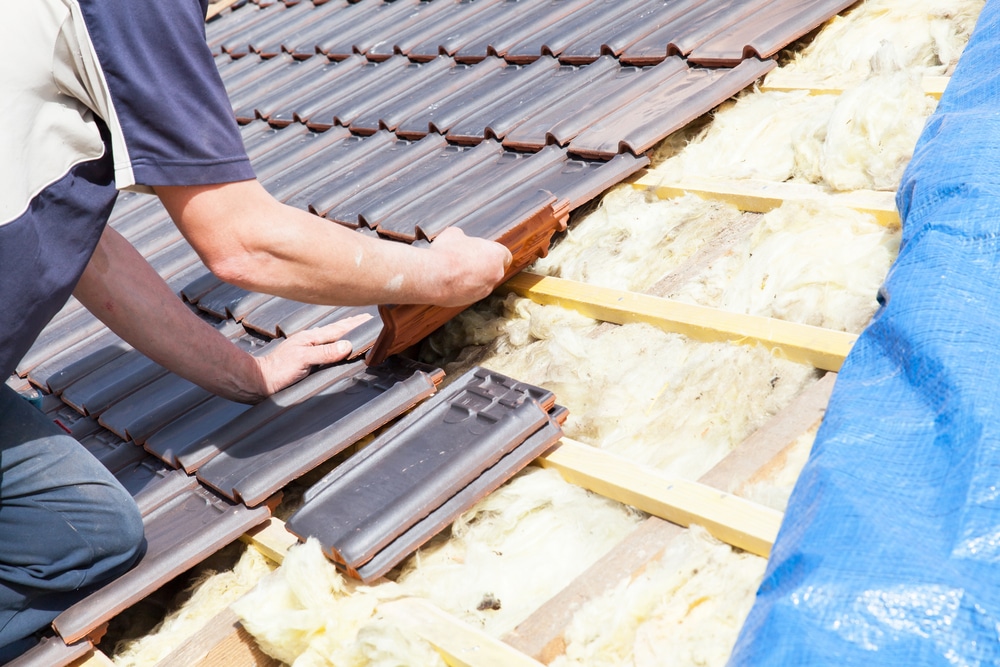The roof is an important part of any home, protecting it from the elements. In Arizona, where extreme heat and monsoon rains can cause damage to roofs, inspecting them regularly is especially important.
This article will discuss what homeowners should look for when they inspect their roofs in Arizona.
It must be noted that while some inspection tasks can be performed by a homeowner with basic DIY skills, other tasks may require the assistance of a professional due to safety concerns or technical expertise. Regardless, regular inspections are essential for ensuring that one’s roof remains safe and functional for years to come.
Keeping this in mind, this article will provide tips on how to properly inspect your roof with both confidence and care.
Safety Precautions
When inspecting a roof in Arizona, safety is the first priority. Proper precautions should be taken to ensure there are no risks of falling or slipping while on top of the roof.
It is recommended that workers wear appropriate clothing and footwear during any inspection process; this includes sturdy shoes with non-slip soles, gloves for protection against sharp objects, long pants to protect legs from scratches, and eye protection if needed.
It is also important to check local weather conditions before attempting an inspection. High winds can make it difficult to stay balanced on the roof surface, so wind speeds should be monitored throughout the entire process. If necessary, inspections should not take place during periods of high wind speed or stormy weather conditions.

Additionally, extreme temperatures may render some materials unsafe to handle without proper personal protective equipment (PPE). Therefore, temperature checks should be included as part of the pre-inspection protocol.
Identifying Damage
It is important to take safety precautions when inspecting a roof in Arizona.
Now, it is time to move on and discuss what steps should be taken to identify any potential damage.
When looking for signs of damage, inspect the entire surface area of the roof from top to bottom. Look out for loose or missing shingles and tiles, as well as warping or cracks that could lead to water leakage.
In addition, check around any protrusions such as vents, chimneys, skylights and other fixtures for crumbling mortar or corrosion.
Be sure to also look inside your attic space where daylight may reveal darkened patches which can suggest water spots due to poor ventilation or flashing issues; these problems should not be overlooked since they may cause serious structural damage if left unaddressed.
Finally, make note of areas near the edges where there are gutters and downspouts because clogs often form here leading to overflowing rainwater.
All observed damages must be carefully documented so that appropriate solutions can then be sought after by a qualified contractor with experience in repairs related to Arizona’s climate conditions.
Checking For Leaks
When inspecting a roof in Arizona, it is important to check for leaks. Leaks can lead to water damage and other issues that can be costly to repair.
It is essential to look for signs of leaking such as dark spots on the ceiling or walls, musty odors, visible mold growth, or peeling paint. Additionally, one should inspect gutters and downspouts for any blockages or corrosion that could prevent proper drainage from the roofing system.
It may also be necessary to climb up onto the roof itself and visually inspect all seams, joints, edges and flashings around chimneys and vents in order to detect any cracks or holes which could signal a leak. If any potential problems are identified during an inspection they should be addressed promptly by either fixing them yourself if you feel comfortable doing so or contacting a professional roofer with experience working in Arizona’s climate conditions.
Taking these steps will help ensure your home is secure against moisture intrusion and potentially reduce expensive repairs due to undetected leaks.
Examining The Flashing
Once you have thoroughly inspected your roof for any signs of leakage, the next step is to examine its flashing.
Flashing is an important element that helps secure the roof’s perimeter and components such as chimneys, vents, and skylights against water penetration. It also serves as a sealant around these openings by protecting them from extreme weather conditions or temperature fluctuations in Arizona.
Inspecting the flashing requires close examination of each individual piece on the roof’s surface for gaps or gaps between pieces. If there are any signs of wear or damage like broken seals, rust spots, holes, cracks, etc., it calls for immediate repair or replacement before they cause more serious problems down the line.
To ensure proper installation of new flashing material and prevent future moisture intrusion issues, hiring experienced professionals can be beneficial.
Assessing The Gutters
The gutters of a roof are designed to protect against water damage, and so it is important for the homeowner to inspect them carefully.
Gutter systems can become clogged with debris or may not be properly installed during construction, leading to issues such as drainage problems or blockages. In Arizona’s desert climate, homeowners should also check for signs of rusting due to high temperatures and low humidity levels.
A thorough inspection requires that all parts of the gutter system be checked from top to bottom. Homeowners must look out for any cracks in the material along its length, as well as any loose nails or screws which may have come undone over time.
Additionally, they should make sure that downspouts are secure and pointed away from the house’s foundation; this will help prevent flooding or other types of water-related damages.
Finally, if there has been a recent hailstorm or wind storm, homeowners should pay special attention to areas around chimneys and skylights where extra protection might be needed.
After completing their assessment, homeowners can take action right away if necessary repairs are identified.
Confirming Sufficient Insulation
As the weather in Arizona can be quite extreme, it is important to confirm that your roof has sufficient insulation.
An efficient way of doing this is by taking a look at the attic during both summer and winter months. On hot days, check for cooler air leaking from any cracks or openings around the edges of the attic floor.
During cold days, you should make sure no warm air is escaping through gaps or crevices near the walls or ceiling joists of the attic space. If there are any signs of insufficient insulation, then further investigation into an appropriate solution may be needed.
Additionally, take a close look at all your windows and doors as well – making sure they are properly sealed with caulk where necessary to help maintain temperature control throughout your home.

Cleaning And Maintenance
Maintaining a properly insulated roof is essential to keeping your home in Arizona comfortable and energy efficient.
Now that you have confirmed the insulation of your roof, it’s important to understand how to keep it clean and well-maintained.
Inspecting the roof regularly for damage should be at the top of your list when considering maintenance strategies.
Look out for missing or cracked shingles, as these can lead to water penetration causing leaks and other structural issues.
Additionally, check around any chimneys, vents, skylights and pipe openings for signs of deterioration such as rust or cracking.
Make sure all flashings are secure and intact.
Knowing what materials make up your roof can help you decide on an appropriate cleaning method if needed.
Mild detergents work best for asphalt shingle roofs since harsh chemicals may cause discoloration or strip away granules that protect against UV rays.
Other materials like wood shake require more specialized care so seek professional advice before proceeding with any treatment methods.
Regularly removing debris from gutters and drains will also prevent clogging which could lead to drainage problems down the line.
Conclusion
When inspecting a roof in Arizona, it is important to keep safety precautions in mind.
Additionally, one should identify any damage present, check for potential leaks and examine the flashing.
Furthermore, assessing the gutters and confirming sufficient insulation are also essential parts of the inspection process.
Finally, regular cleaning and maintenance can help extend the life of a roof and address small issues before they become bigger ones.
As such, by following these steps during an annual or semi-annual inspection, homeowners can ensure their roofs remain safe and sound throughout the year.


